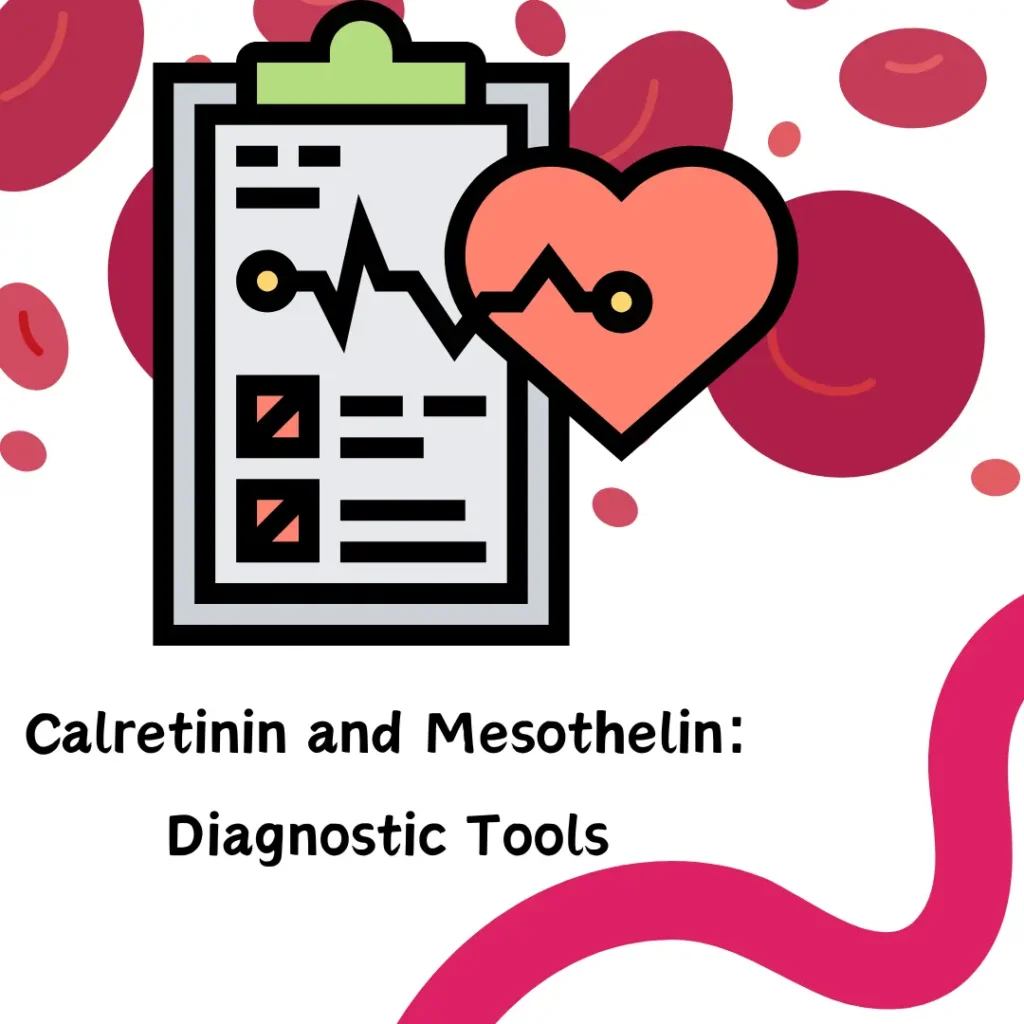Key takeaways: Calretinin and mesothelin are cellular products that can be measured as
biomarkers for developing mesothelioma. On their own, they cannot qualify the presence of
mesothelioma; oftentimes, doctors order extensive imaging or biopsies to confirm the diagnosis.
A study published in 2018–conducted over the course of ten years–reified the utility of
mesothelin and calretinin in conjunction. If measured and analyzed together, there is a significant
likelihood of an accurately diagnosing mesothelioma without the need for additional testing. Calretinin and mesothelin will likely become acceptable indicators of mesothelioma for diagnostic models.

What is Mesothelin?
Mesothelin, or MSLN, is an established biomarker for mesothelioma among other cancers of
mesothelial tissue. MSLN is a surface-protein that is produced in trace amounts by healthy
mesothelial cells; in the case of mesothelioma, MSLN is significantly upregulated and is a proxy
for unchecked cellular growth and cancer aggression. Scientists and doctors have known about
elevated MSLN indicating mesothelioma for decades. But, because mesothelin is associated with
cancers beyond mesothelioma, and given mesothelioma’s relative rarity, mesothelin isn’t usually
checked in patients presenting with mesothelioma symptoms. There has to be another form of
diagnosing mesothelioma, like biopsy or extensive imaging, to justify elevated mesothelin as related to
mesothelioma.
What is Calretinin?
Calretinin, like mesothelin, is a well-known biomarker for malignant mesothelioma. One study
published in 2015 investigated the efficacy of calretinin quantities in differentiating
mesothelioma from carcinoma with the presence of effusions. The researchers found that they
were able to distinguish between carcinoma and mesothelioma with significant accuracy based
on calretinin alone. As a general rule of thumb, doctors use calretinin as the “gold standard” of
diagnostic biomarkers: if a patient tests calretinin-negative, it’s assumed that they don’t have
mesothelioma. Much like mesothelin, though, a calretinin-positive result isn’t sufficient as a
stand-alone proxy of mesothelioma.
Case Studies – Diagnosing Mesothelioma
A study conducted over the span of ten years–2008 to 2018–recorded biomarker levels in 2,769
patients that had non-fatal asbestos-related diseases. They found that mesothelin and calretinin,
as analyzed in conjunction, were the two most credible biomarkers for an eventual mesothelioma
diagnosis. The researchers were able to gauge the likelihood of non-fatal disease manifesting as
mesothelioma based on the patient’s changing calretinin and mesothelin levels. Because the
study was longitudinal, or took several years to complete, the results can’t be chalked up to
chance or error. And, because the participants were known to be exposed to asbestos, the
researchers opened up a potential link between asbestos fibers and calretinin/mesothelin levels.
Further research needs to be conducted before any conclusions can be made.
Implications for Diagnosing Mesothelioma?
Calretinin and mesothelin levels, when analyzed together, are credible indicators of
mesothelioma. Mesothelioma is notorious for its difficulty to be diagnosed because of a.) its
presentation that’s similar to other cancers; b.) its relationship to asbestos exposure; and c.) its
tendency to metastasize. If non-invasive techniques to diagnose–like testing calretinin and
mesothelin levels–aid in an early diagnosis, then they should be employed immediately.
Hopefully, calretinin and mesothelin-based proxies will become a standard when a patient
presents with mesothelioma-like symptoms. New research is changing the landscape of
diagnostic models, mesothelioma included.
If you or a loved one has been diagnosed with mesothelioma, please call 1 (800)-505-6000 or fill out our form. We are here to help you navigate the legal process of filing a claim to receive compensation for your mesothelioma diagnosis. We help mesothelioma victims and their families in Pennsylvania.
Sources:
https://www.ncbi.nlm.nih.gov/pmc/articles/PMC4377575/